We are going to get this series wrapped up (for now…more on this later..) so we can move on to some other topics with a quick look at some post war uses of LST’s in-whole and the handful of survivors out there.
LST-987, Millard County
LST-987 was one of the later LST’s, having not been finished until after the war in September of 1946. An interesting post war use of an LST, the 987 was initially sold to Germany in 1960, and then wound up with a marine construction company and converted into a hopper dredge in 1973. The ship bounced around various companies for the next 50 years having ended with the Dutra group, named Columbia. I got to see this dredge in the Hudson River several years ago, her LST lines unmistakable. The Columbia had an interesting EMD ATL rebuild – She still had the 567A lower block (with square covers), but a C style upper half, with round airbox covers. Columbia was still sporting the 268A generators as well. I am sad to see that she was only just recently scrapped.
https://www.navsource.org/archives/10/16/160987.htm
Columbia dredging on the Hudson River in 2012. Click for larger.
APL-37, Echols
If there are any New York tug guys reading, chances are you have seen the APL-37 over at Clean Waters. While designed as an LST, this was one of the ones diverted from being an LST towards the end of the war and finished as a self-propelled barracks ship in 1947. It bounced around various Navy yards until finally being struck in 2003, when it was sold to Clean Waters who use it as a shop and offices. Her 567’s are still there, having once given parts to the tug Pegasus several years ago.
https://www.navsource.org/archives/10/13/1337.htm

The stern of the Echols is in the center between the barges. Click for larger.
LST-506
A 1943 graduate of Jefferson Boat & Machine Company, the 506-saw action at Normandy, and survived a U-Boat attack on June 9th. She was struck after the war and sold to Southern Trading where she was converted into a small cargo ship, now named Southern Counties. She was purchased by Bethlehem Steel in 1953, and renamed the Bethcoaster. She was converted into a barge in the late 1970’s.
https://www.navsource.org/archives/10/16/160506.htm
The Bethcoaster in action in the 1970’s. Click for larger. Dave Boone Collection.
LST-969
Another late war LST, the 969 was sold off in 1947 to Trailerships, Inc., and converted into a self-propelled ferry, renamed New York. The ferry operated in the Northeast until the mid-1970’s before being scrapped.
https://www.navsource.org/archives/10/16/160969.htm

Charter advertisement for the New York. Collection of Hughes Marine Firms
LST-541
541 was built in 1943 by Missouri Valley Bridge & Iron. She also served at the Normandy Invasion, as well as Okinawa and was decommissioned and sold immediately after the war in 1945 to W.J. Townsend for scrap. She wound up being converted into a barge instead. In 1967, she was purchased by Ocean Burning Inc., and used in a unique purpose, as a burn barge. New York Harbor was littered with wood piers being demolished in the 1960’s and 1970’s, and the best way devised to dispose of all of this scrap was to burn it. 541 was cut way down, had her engines removed and the deck lined with a 12” layer of sand. Now renamed Ocean Burning No. 1, The lumber on deck was soaked in diesel fuel, towed 30 miles offshore and set ablaze, where the tug would tow it in circles until all that was left was a pile of ash. Over 15 million board feet were burned each year. This operation as such a success, a second LST was converted, LST-739 became Ocean Burning No. 2. This operation ended in the mid 1980’s. I have heard stories from guys that were on this run, and it sounded like it was certainly impressive to see.
https://www.navsource.org/archives/10/16/160541.htm
https://www.navsource.org/archives/10/16/160739.htm
Ocean Burning #1. Unknown Photographer/Collection
LST-1003, Coronis
1003 was built in 1944 at the Boston Navy Yard and finished as an LST repair ship. In 1965, she was sold to the Canadian Pacific Railroad and converted into a railcar ferry named Trailer Princess, serving between Swartz Bay and Vancouver Island until the mid-1980’s. She was sold private to become a truck ferry and would up as a logging camp barge in British Columbia and sunk in 2022.
https://www.navsource.org/archives/10/19/1910.htm
http://www.nauticapedia.ca/dbase/Query/Shiplist4.php?&name=Trailer%20Princess&id=32187
https://www.railpictures.net/photo/788972/
LST-510, Buncombe County
Another 1943 Jeffersonville product, the 510 was also at the Normandy invasion. After the war, the 510 spent some time in the reserve fleet before being sold commercially in 1958. The LST was purchased by the Chesapeake Bay Ferry District and converted into a vehicle ferry named Virginia Beach to operate between Little Creek VA and Kiptopeke. The ferry was sold to the Delaware River & Bay Authority to operate between Lewes Delaware and Cape May. Now under the name Cape Henlopen, she operated there for 10 years before heading up to Long Island. After sitting for a few years, the ferry became part of the Cross Sound Ferry between Orient Point, NY and New London, CT. The former LST was repowered several times, including having a pair of 16-278A’s. It currently (to the best of my findings) has a pair of EMD 12-645’s. The ferry is still in operation under the Cape Henlopen name and was refurbished a few years ago. A lounge in the ship is dedicated to her WWII service and is very well done!
https://www.navsource.org/archives/10/16/160510.htm
https://hamptonroadsnavalmuseum.blogspot.com/2023/11/from-shores-of-normandy-to-orient-point.html


Cape Henlopen in operation in July of 2019. Click for larger.
LST-393
393 is one of the older LST’s, launched in 1942 by Newport News Shipbuilding. The 393 would serve during the Normandy Beach invasion, Salerno landings, and the Sicilian occupation. The 393 was decommissioned in 1946, and was sold to the Sand Products Corp. in Detroit, MI where she was converted into a vehicle ferry. The ferry operated between Muskegon, MI and Milwaukee, WI under the name Highway 16. The ferry was retired in the 1990’s, and became a museum ship in Muskegon in the early 2000’s, where she still is today. Be sure to see Part 1 for more photos of 393.
https://www.lst393.org/
https://www.navsource.org/archives/10/16/160393.htm
LST-325
325 spent parts of the war alongside the 393, having served at both Normandy and Sicily. She was decommissioned in 1946 and given to Greece in 1964. The Greek navy renamed her as the HS Syros. The ship was acquired by LST Memorial group in 2000, and triumphantly sailed back to the US under her own power. The 325 is still in full operation, and is homeported at Evansville, Indiana. As of this writing (Jan. 2024), she is on the way to Brownsville, Texas for a shipyard period. Be sure to see Part 1 for more photos of 325.
https://www.lstmemorial.org/
https://www.navsource.org/archives/10/16/160325.htm
LST tours the Midwest in the summer months and is open for tours. Be sure to check out their website for more info. Click for larger. Photos by Jay Boggess.
LST-480
480 served in the Gilbert and Marshall Islands in 1943/44. While on a resupply and preparation trip back to Pearl Harbor in May of 1944, she was tied up with several other LST’s at the West Loch. Unfortunately, an explosion occurred on another LST, in the process starting a chain reaction. 6 LST’s were sunk, 163 were killed and almost 400 injured. The disaster was quickly and quietly cleaned up, with most of the wreckage being dumped at sea. LST 480, however, was not, and is still there today and is now a memorial.
https://www.navsource.org/archives/10/16/160480.htm
https://en.wikipedia.org/wiki/West_Loch_disaster

The hulk of LST-480 at the West Loch. US Navy Photo by Mass Communication Specialist Seaman Johans Chavarro
Foreign Survivors
As part of numerous programs after WWII, several LST’s were given or sold to other countries, and amazingly enough, a handful are still around. Here are a few:
LST-821, Harnett County
Another LST with a rather storied post war life. 821 spent her last US Navy years serving in the Vietnam war, which she received 9 battle stars, 2 presidential unit citations and 3 navy commendations. The LST was transferred to South Vietnam in 1970, and later transferred to the Philippine Navy in 1976 when she was named as the BRB Sierra Madre/LT-57. The LST was beached in 1999, and currently serves as a navy outpost for them on the Spratly Islands.
https://en.wikipedia.org/wiki/BRP_Sierra_Madre
https://www.navsource.org/archives/10/16/160821.htm
LST-1134, Stark County
1134 was given to the Royal Thai navy in 1966 after serving out her last years in the US shuttling equipment to Hawaii. The LST was renamed the Pangan/LST-3. She was retired in the early 2000’s and is now a museum ship in Koh Phan-gan, Thailand.
https://www.navsource.org/archives/10/16/161134.htm
LST-1008
1008 was an LST that never came home after the war. The LST spent her last years in China and would be given to them in 1946. The LST has a storied career in China and spent the final few years of her life as a museum ship before being scrapped.
China operated several other LST’s, including:
LST-578 – recently retired and used as a target ship (that refused to sink). https://www.navsource.org/archives/10/16/160578.htm
LST-279 – Ultimate disposition unknown
https://www.navsource.org/archives/10/16/160279.htm
LST-755 – Planned to become a museum ship but has potentially since been scrapped.
https://www.navsource.org/archives/10/16/160755.htm
There are likely several other LST’s still floating about the world. If you know of any, drop us a line!
————————————————————-
Navsource is of course a fantastic resource for researching these LST’s (and everything else Navy). https://www.navsource.org/archives/10/16/16idx.htm
Books “Dictionary of American Naval Fighting Ships V7” and “WWII US Navy Vessels in Private Hands” by Greg Williams
Later in the year we will revisit the LST and the EMD 567 with some new material I have picked up, but for now, let’s move on to some other topics.
Be sure to check out the full series:
Part I – The EMD 567ATL: The power behind the Large, Slow Target (WWII LST)
Part II – The EMD 567ATL: Repowers
Part III – The EMD 567ATL: The 567CA





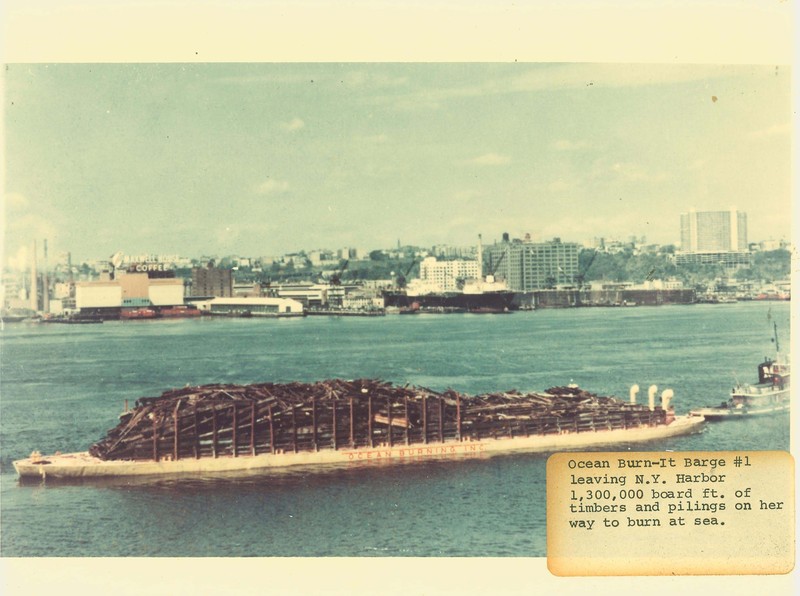
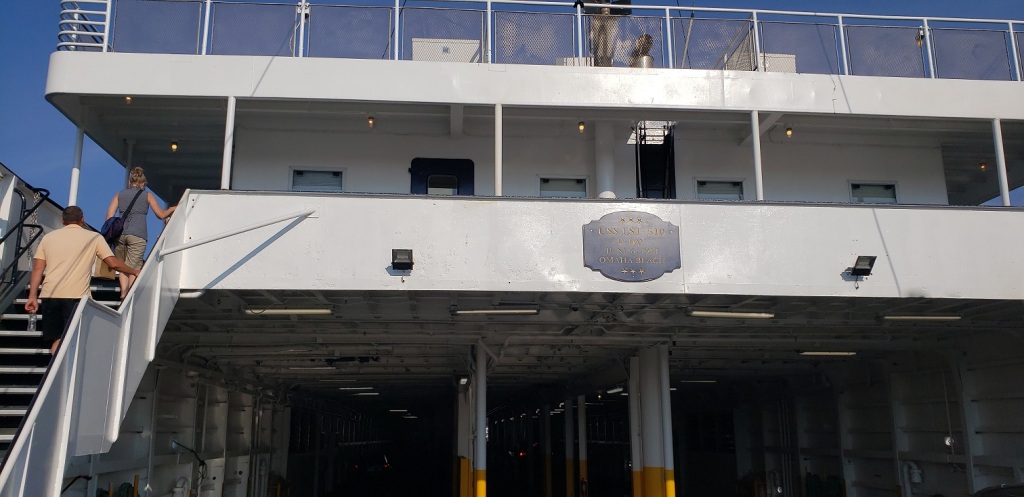

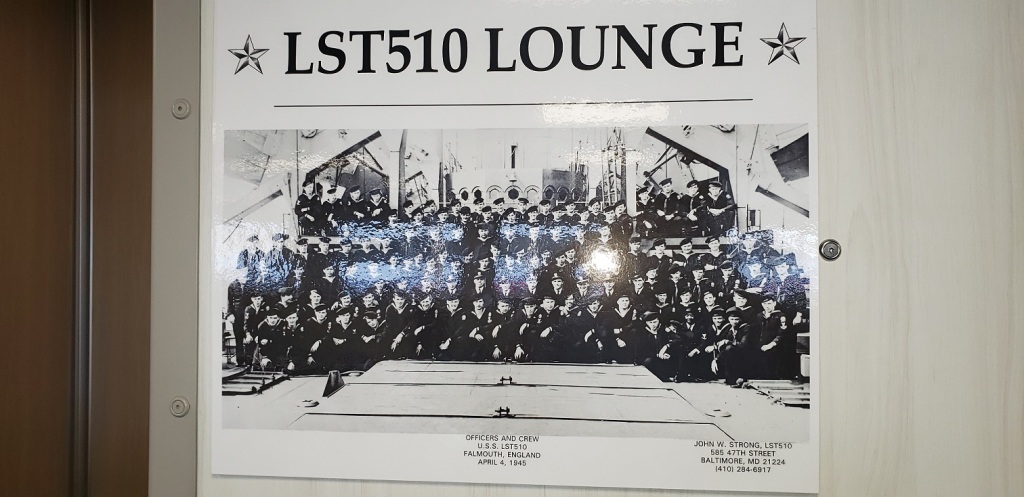





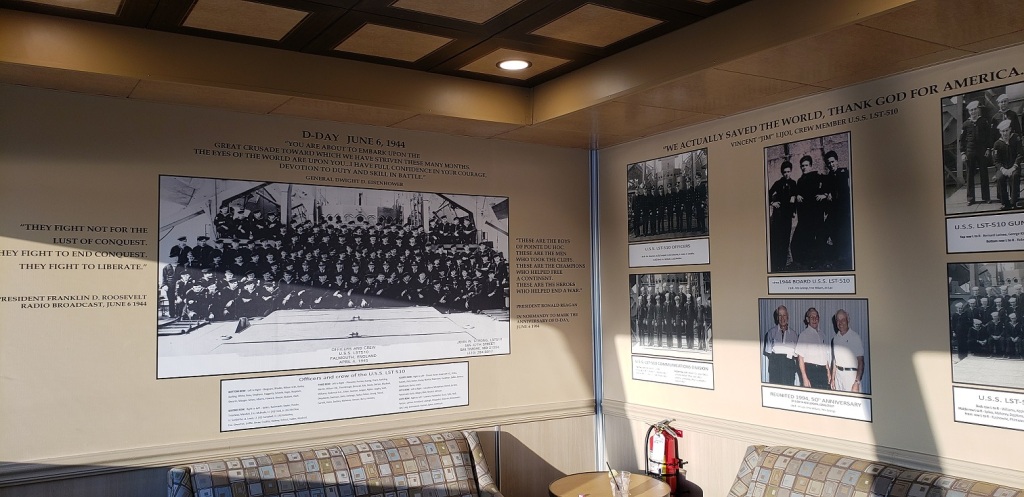






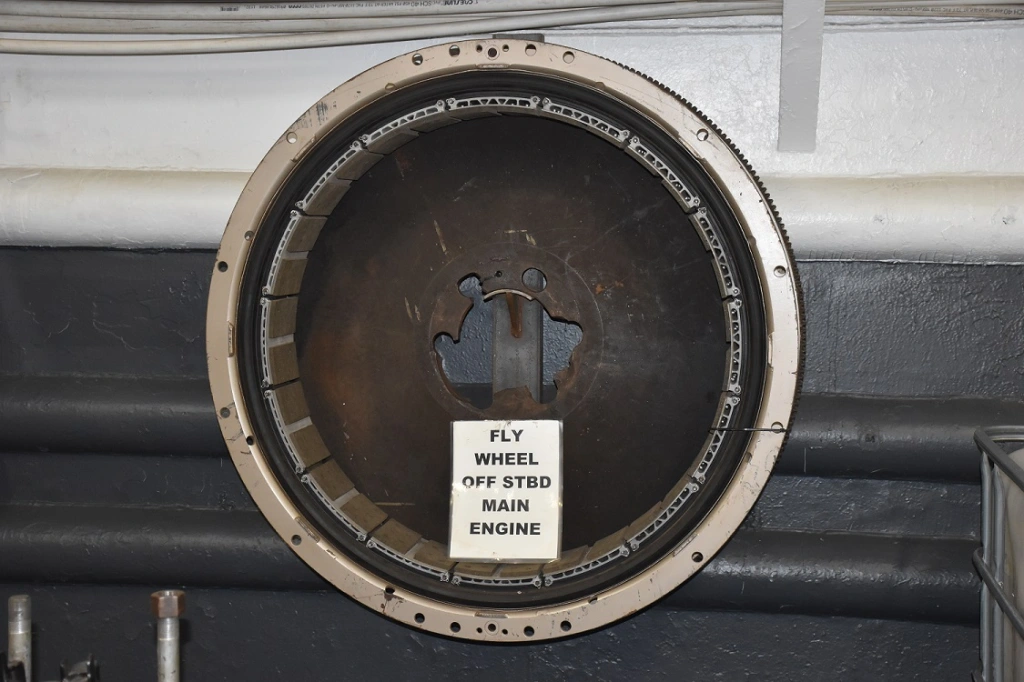



I have taken the Cape Henlopen many times between New London and Orient Point.
It can carry a lot if cars. Smooth dependable
trip
LikeLike